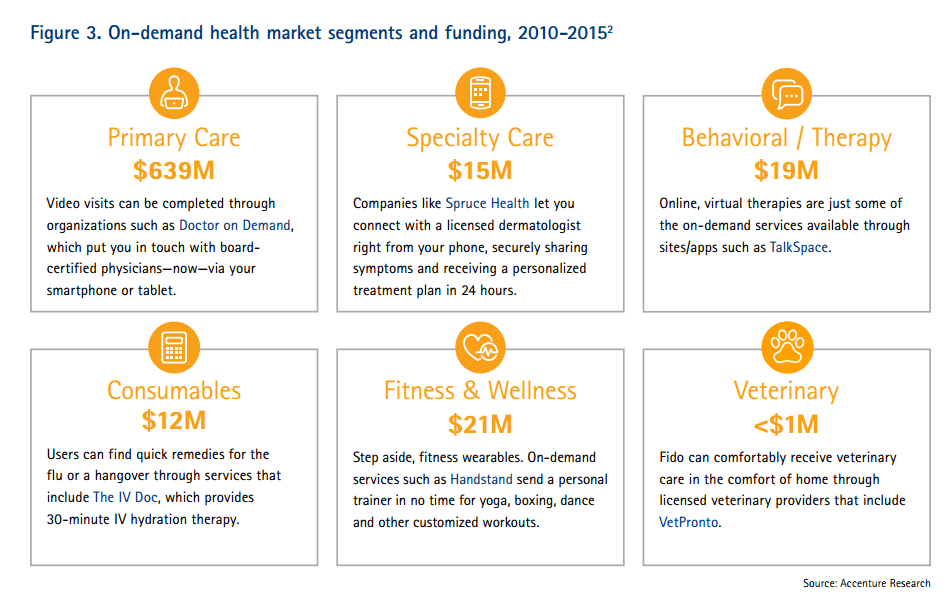 Telehealth will be in the spotlight at HIMSS 2016, the biggest annual conference on health information technology (HIT) that kicks off on 29th February 2016 in Las Vegas – one of the few convention cities that can handle the anticipated crowd of over 50,000 attendees.
Telehealth will be in the spotlight at HIMSS 2016, the biggest annual conference on health information technology (HIT) that kicks off on 29th February 2016 in Las Vegas – one of the few convention cities that can handle the anticipated crowd of over 50,000 attendees.
Some major pre-HIMSS announcements relate to telehealth:
- American Well, one of the most mature telehealth vendors, is launching a software development kit (SDK) which will enable The new videoconferencing option can simultaneously connect patients with multiple physicians and specialists, and the SDK is designed to enable users to incorporate telemedicine consults into patient portals and other apps.
- Philips, which as a global company is placing a big strategic corporate bet on digital health, announced contracts expanding eICU capabilities with Baptist Memorial Health Care (TN), BJC HealthCare, and Westchester Medical Center Health Network. Philips’ eICU program is in at least 500 U.S. hospitals covering 3.5 million ICU patient admissions.
- WebMD’s CEO David Schlanger mentioned during the company’s earnings call earlier this week that the company would likely begin to offer telehealth services via acquisition or partnership.
- VirtuMedix will demonstrate a telehealth platform for emergency departments within the Allscripts and IDS booth.
- More health insurers are embracing telehealth, according to an article in Business Insurance this week, quoting Nate Lacktman, a health care lawyer at Foley & Lardner, saying, “They’ve begun to see the financial value in making these offerings available” by keeping people out of more expensive health care settings.
Noting growing investment in on-demand services in healthcare, Accenture published its report Healthcare For Here or To Go just-in-time for HIMSS discussions. The chart comes from the report, segmenting on-demand healthcare services into six segments: primary care, specialty care, behavioral health, consumables, fitness and wellness, and veterinary markets.
What’s driving this industry segment at a meeting which has had a tight focus on electronic health records in the past few years? Three factors converge and together bolster the rationale for growing adoption of telehealth in U.S. health care: the growth of value-based payment in health care; health providers having to do more, with less resources; and, consumers’ growing power and interest in choosing health care services and settings.
While there remain regulatory barriers to consistent, mass adoption across the U.S. – especially state licensure of physicians and health care providers – we’re approaching an inflection point in the growing channeling of telehealth to patients by health insurance companies, self-insured employers, and via direct-to-consumer demand (that is, patients’ willingness-to-pay for access and convenience).
Health Populi’s Hot Points: Coupled with state licensure of physicians (which can limit cross-border diagnoses), reimbursement is a long-time barrier to mass adoption of telehealth. Health IT and telehealth are one of the few areas where both sides of the Congressional aisle tend to agree, so Senate bill (S. 2484) [Creating Opportunities Now for Necessary and Effective Care Technologies (CONNECT) for Health Act], if/when passed, would help smooth the way to a national telehealth movement.
For more insights into the consumer and provider aspects of telehealth, please attend Jan Oldenburg’s and my HIMSS 2016 session: Having It All: Telehealth Solutions That Enhance Existing Doctor/Patient Relationships, at 1130 am on Wednesday 2nd March 2016 in the Sands Expo Convention Center, Room Marcello 4404.






 Grateful to Gregg Malkary for inviting me to join his podcast
Grateful to Gregg Malkary for inviting me to join his podcast  This conversation with Lynn Hanessian, chief strategist at Edelman, rings truer in today's context than on the day we recorded it. We're
This conversation with Lynn Hanessian, chief strategist at Edelman, rings truer in today's context than on the day we recorded it. We're